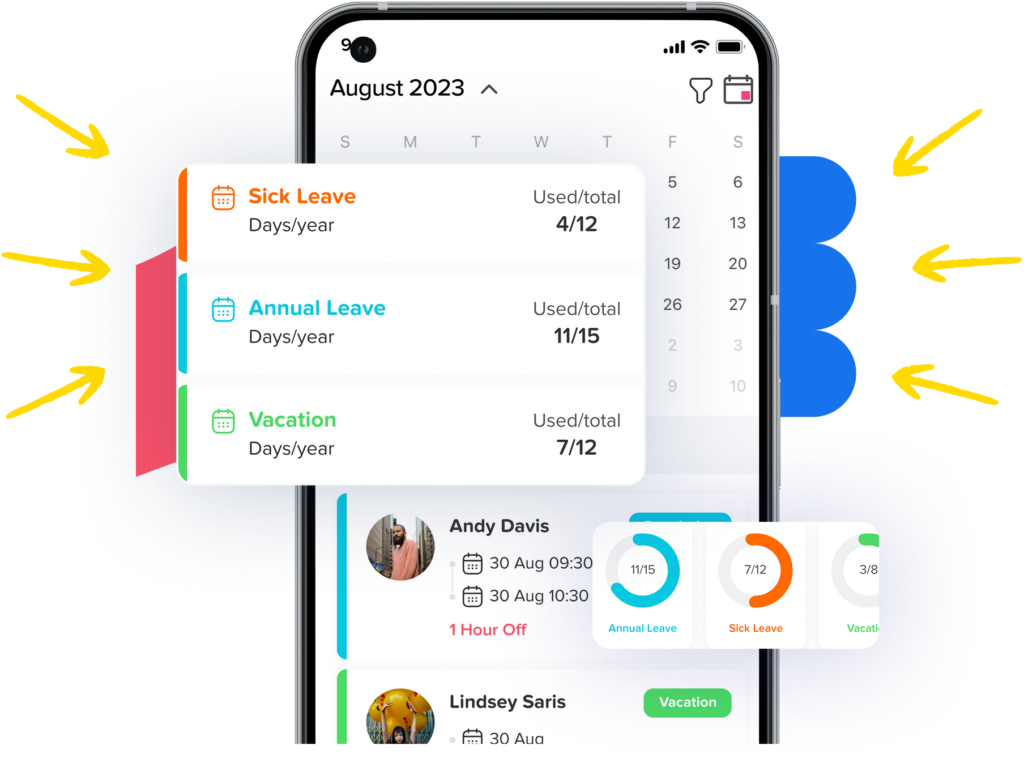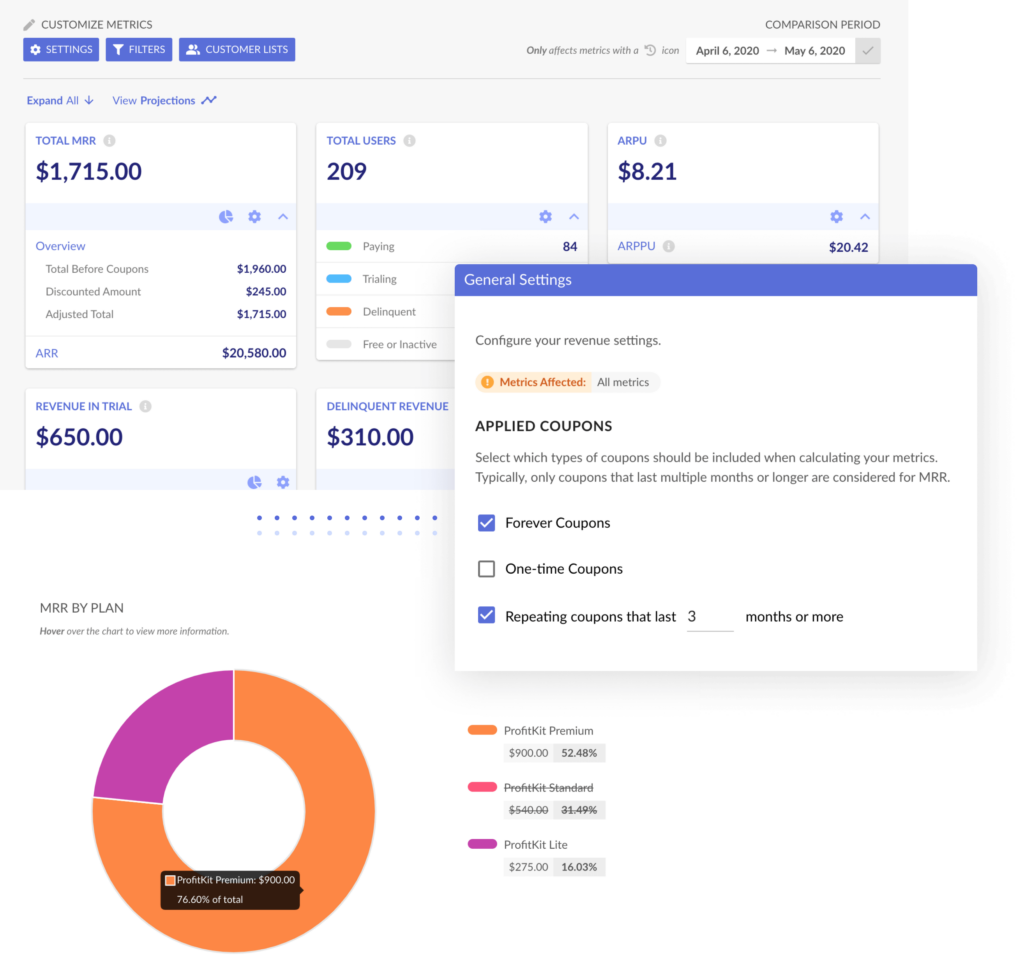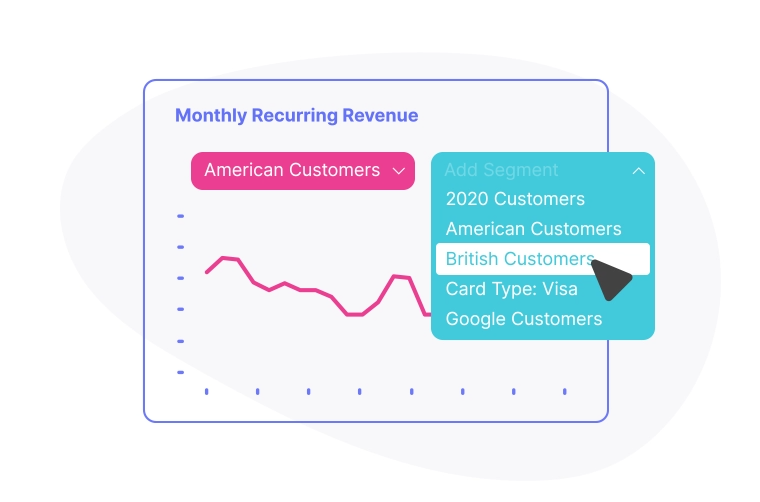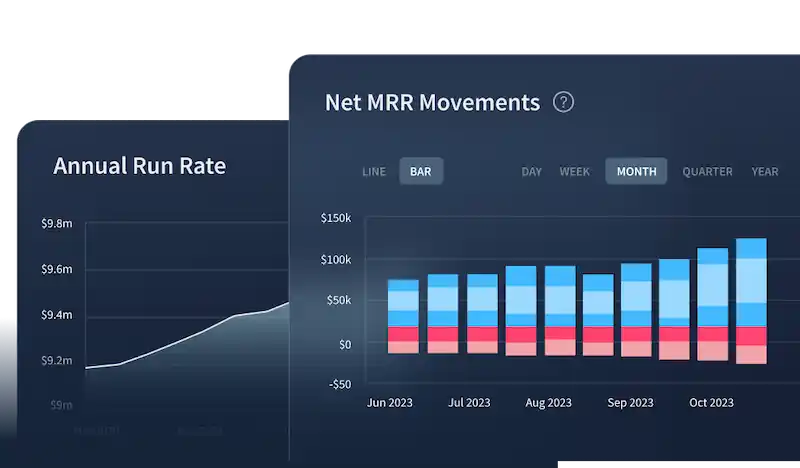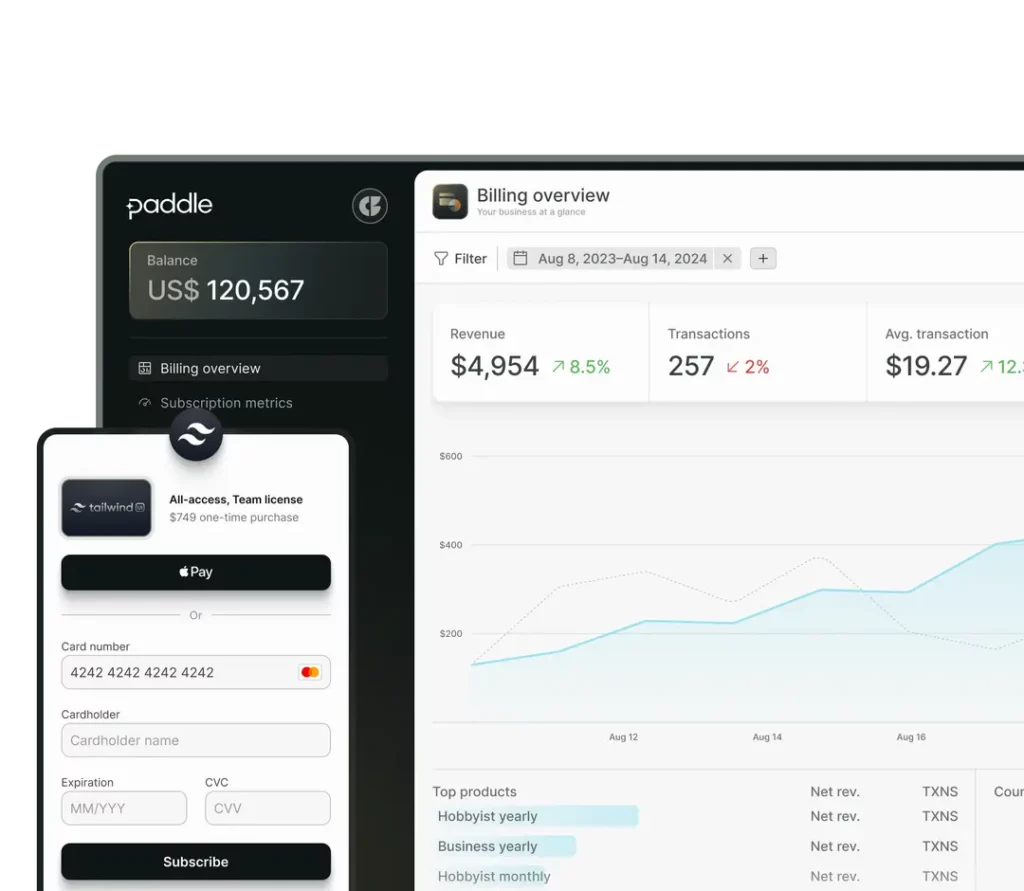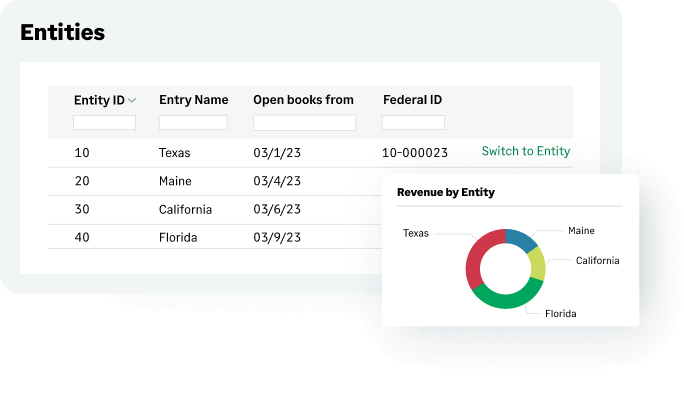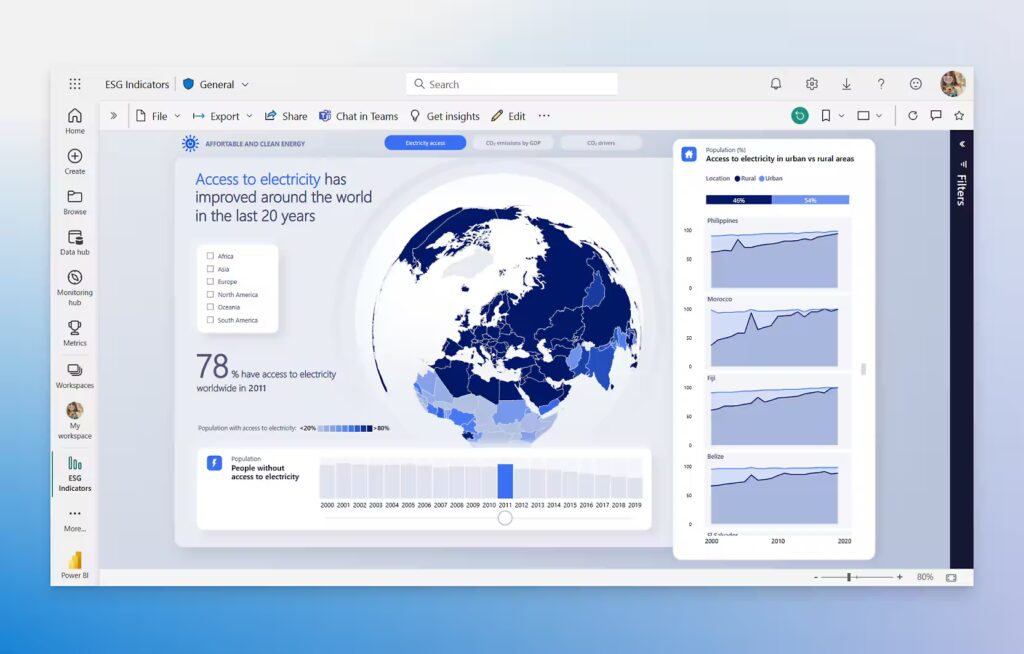Managing employee leave is a critical part of running any successful organization. From vacation days to sick leave and parental breaks, keeping accurate records ensures fairness, compliance, and operational stability. However, many companies still rely on spreadsheets, manual forms, or email chains, methods that are time-consuming, prone to mistakes, and inefficient.
A digital leave tracker revolutionizes this process by automating time-off requests, approvals, and record-keeping. It not only saves time and reduces errors but also provides valuable insights for better workforce planning.
This article explores the key benefits of implementing a digital leave tracker and how it can enhance productivity, compliance, and employee satisfaction across organizations of any size.
Eliminates Manual Errors and Saves Time
Manual leave tracking is one of the most error-prone administrative tasks. When HR teams depend on spreadsheets or paper-based systems, even a small mistake can lead to payroll discrepancies, scheduling conflicts, or employee dissatisfaction.
A digital leave tracker automates the entire process, from submitting and approving requests to updating leave balances in real time.
How it helps:
Automatically adjusts leave balances after each approved request, removing the risk of human error.
Eliminates repetitive email exchanges between employees and HR.
Provides real-time visibility, so HR no longer needs to manually update records.
Frees up hours of administrative time each month, allowing HR teams to focus on employee engagement and strategic planning.
In short, automation transforms leave management from a tedious task into a seamless process.
Enhances Transparency and Accountability
Transparency is the foundation of trust in the workplace. When employees and managers have easy access to leave information, misunderstandings and disputes decrease significantly.
A digital leave tracker offers a centralized, shared dashboard that displays each employee’s leave balance, status of pending requests, and team availability.
Key benefits:
Employees can independently view their available leave and request history anytime.
Managers can check team calendars before approving new requests, ensuring adequate coverage.
Reduces conflicts over incorrect balances or lost leave forms.
Strengthens accountability by keeping a detailed, time-stamped record of all leave transactions.
This level of visibility creates a culture of fairness and mutual respect between HR, management, and employees.
Ensures Compliance with Labor Laws and Company Policies
Compliance is one of the most complex aspects of HR management. Each country, and sometimes each region, has different labor laws governing leave entitlements, public holidays, and overtime policies. Non-compliance can result in fines, penalties, or employee grievances.
A digital leave tracker ensures every leave policy aligns with local legal requirements and company rules.
How it supports compliance:
Calculates entitlements automatically based on tenure, employment type, or regional laws.
Keeps an accurate record of all leave transactions for audits and legal reviews.
Prevents unauthorized leave approvals or policy violations.
Updates automatically when HR changes leave rules or regulations.
With a compliant system in place, businesses avoid costly mistakes and maintain employee trust.
Streamlines Leave Request and Approval Process
Traditional leave approval workflows often involve long email chains or lost paper forms. This not only delays responses but also increases the risk of double-booking or confusion.
A digital leave tracker simplifies this with an automated approval workflow that connects employees, managers, and HR in one system.
How it improves the process:
Employees can submit requests in seconds via web or mobile app.
The system notifies managers instantly, allowing one-click approvals or rejections.
Employees receive real-time updates on the status of their requests.
Reduces bottlenecks by eliminating manual communication.
The result is a smoother, faster, and more reliable leave approval process, benefiting both employees and management.
Integrates Seamlessly with Calendars for Better Scheduling
One of the most powerful features of a digital leave tracker is calendar integration. By syncing with tools like Google Calendar or Outlook, employee absences automatically appear in shared team calendars.
Key benefits:
Teams have full visibility into who’s off on specific days.
Managers can plan workloads and meeting schedules without conflicts.
Automatic reminders help teams prepare for upcoming absences.
Improves collaboration by aligning schedules across departments.
This integration helps companies operate smoothly, especially when handling large teams or project-based work where timing is critical.
Supports Remote and Hybrid Workforces
In today’s flexible work environment, teams are no longer confined to offices. A cloud-based leave tracker ensures every employee, whether remote, hybrid, or in-office, can manage leave requests effortlessly from anywhere.
Why this matters:
Remote employees can apply for leave without depending on in-person HR visits.
Managers can approve requests from any device or location.
Maintains consistent HR processes across different time zones and regions.
Ensures fairness by applying uniform leave policies company-wide.
This flexibility makes digital leave tracking an essential tool for modern, distributed organizations.
Provides Data-Driven Insights for Smarter Decisions
Leave tracking isn’t just about recording absences, it’s about using data to improve workforce planning.
A digital leave tracker generates comprehensive reports that reveal trends in absenteeism, peak leave seasons, and department-level workload patterns.
How insights help:
Identifies frequent absences that may signal burnout or disengagement.
Helps managers forecast staffing needs during busy periods.
Enables HR to create proactive wellness or attendance programs.
Enhances decision-making through real-time analytics and visual reports.
With these insights, HR leaders can make informed, strategic decisions to boost productivity and morale.
Improves Employee Satisfaction and Retention
Nothing frustrates employees more than confusion over their leave entitlements or delays in approvals. A digital leave tracker eliminates this frustration by offering clarity, convenience, and fairness.
Employee benefits:
Quick and transparent access to personal leave data.
Hassle-free application and instant approval notifications.
Fewer misunderstandings and less administrative burden.
Promotes healthy work-life balance, reducing burnout and turnover.
When employees feel supported and treated fairly, overall satisfaction and loyalty rise, directly impacting retention and company culture.
Scales with Your Business Growth
Whether your company has ten employees or ten thousand, a digital leave tracker grows with you. Unlike manual methods, it can handle increasing requests and data without additional resources.
How it supports scaling:
Small businesses benefit from automation without hiring extra HR staff.
Mid-sized companies gain structure as teams expand.
Large enterprises get centralized control and reporting across multiple locations.
This scalability ensures your leave management system evolves as your organization does, maintaining efficiency at every stage.
Reduces Costs and Boosts Overall Productivity
Efficiency always translates into savings. By automating leave tracking, companies cut down on time, labor, and compliance-related costs.
Cost-saving advantages:
Fewer administrative hours spent managing leave.
Reduced payroll mistakes and compliance penalties.
Better workforce planning minimizes under- or over-staffing.
Improved productivity due to clear scheduling and less confusion.
A digital leave tracker pays for itself by saving time, improving efficiency, and keeping employees engaged and productive.
FAQs
What is a digital leave tracker?
A digital leave tracker is a software system designed to manage employee time-off requests, approvals, and leave records efficiently. Unlike manual spreadsheets or paper-based processes, it centralizes all leave information, allowing employees, managers, and HR teams to monitor and manage leave in real time. This system not only simplifies the administrative workload but also reduces errors, enhances transparency, and ensures compliance with company policies and labor laws.
How does a digital leave tracker benefit employees?
Employees benefit from clarity, convenience, and control over their leave. They can quickly check their leave balances, review past requests, and submit new requests from any device. The system provides real-time updates on approvals or rejections, eliminating confusion and delays. This transparency fosters trust, reduces administrative frustration, and allows employees to plan their personal time with confidence, improving overall satisfaction and engagement.
How does it help HR teams and managers?
For HR teams, a digital leave tracker automates repetitive tasks, reduces manual errors, and ensures accurate record-keeping. Managers gain a clear view of team availability, which allows them to approve or reject leave requests confidently while preventing scheduling conflicts. The system also generates reports that help forecast staffing needs, identify trends like absenteeism, and support strategic workforce planning. Overall, it allows HR and management to focus on higher-value tasks rather than being bogged down by administrative work.
Can a digital leave tracker ensure compliance with labor laws?
Yes, one of the key advantages of a digital leave tracker is its ability to maintain compliance with local labor laws and company policies. It automatically calculates leave entitlements based on factors such as tenure, employment type, and regional regulations. All leave transactions are recorded in detail, making audits simple and reducing the risk of penalties or legal disputes. Companies can also update policies in the system to reflect any regulatory changes immediately, ensuring continuous compliance.
Is a digital leave tracker suitable for remote or hybrid teams?
Absolutely. Modern leave tracking systems are cloud-based, allowing employees and managers to access them from anywhere. Remote and hybrid team members can submit and approve leave requests without relying on physical forms or office visits. This ensures consistent HR processes across locations and time zones, maintains fairness, and supports the flexibility that modern work arrangements demand.
How does calendar integration work with a digital leave tracker?
A digital leave tracker can sync with calendar tools like Google Calendar or Outlook, so approved leave automatically appears in shared team schedules. This feature allows managers and employees to see who is unavailable on specific days, plan workloads effectively, and prevent scheduling conflicts. It also provides automatic reminders for upcoming absences, which helps teams maintain productivity and coordination.
Can digital leave trackers handle large organizations?
Yes. These systems are highly scalable, making them suitable for businesses of any size. They can manage increasing numbers of leave requests and employee data without requiring additional HR resources. Large enterprises benefit from centralized reporting and control across multiple departments or locations, while small and mid-sized companies gain structured processes that grow alongside their teams.
How does a digital leave tracker improve employee satisfaction and retention?
By providing transparency, consistency, and convenience, a digital leave tracker reduces the frustration often caused by delayed approvals or unclear leave balances. Employees experience a smoother and more predictable leave process, which enhances trust in the organization. This clarity, combined with easier access to leave data and timely notifications, helps promote work-life balance and reduces burnout, ultimately boosting retention and fostering a positive company culture.
What kind of reports can a digital leave tracker generate?
A digital leave tracker provides comprehensive analytics that give HR and managers a deep understanding of leave trends. Reports can highlight department-wide usage patterns, peak leave periods, and potential staffing gaps. This data enables organizations to plan more effectively, identify potential issues like frequent absences, and make informed decisions to optimize workforce productivity.
How much time and cost can a digital leave tracker save?
By automating leave management, companies significantly reduce administrative hours, prevent payroll errors, and avoid compliance penalties. The improved workflow allows managers to plan better and maintain adequate staffing levels, which prevents productivity loss. Over time, the efficiency gains and reduction in errors translate into substantial cost savings, making a digital leave tracker a valuable investment for any organization.
Can a digital leave tracker be customized to company policies?
Yes, most digital leave trackers are flexible enough to adapt to a company’s unique leave policies. Organizations can define different leave types, approval workflows, and holiday calendars to align with internal rules and regional labor laws. This ensures that the system accurately reflects company-specific entitlements and processes, creating a seamless experience for both employees and managers.
Is it difficult to implement a digital leave tracker?
Implementation is generally straightforward, especially with cloud-based systems. Most solutions require basic setup, such as uploading employee data, configuring leave policies, and defining approval hierarchies. Providers often offer onboarding support and tutorials, ensuring a smooth transition from manual methods. Once set up, the system is intuitive for employees and managers alike, requiring minimal ongoing training.
How does a digital leave tracker support strategic workforce planning?
A digital leave tracker goes beyond simple record-keeping by providing actionable insights into employee leave patterns. HR and managers can identify trends in absenteeism, predict staffing shortages during peak periods, and proactively manage workloads. These insights allow organizations to optimize resource allocation, reduce operational disruptions, and implement initiatives that enhance employee wellbeing and overall productivity.
Conclusion
Managing employee leave effectively is more than just an administrative task, it is a critical component of organizational efficiency, compliance, and employee satisfaction. A digital leave tracker transforms this process by automating requests, approvals, and record-keeping, eliminating errors, and saving valuable time for HR teams and managers. Beyond operational efficiency, it enhances transparency, ensures compliance with labor laws, supports remote and hybrid workforces, and provides actionable insights for smarter workforce planning.
By implementing a digital leave tracker, organizations of all sizes can foster a culture of fairness, improve employee morale, and optimize productivity. As businesses grow and evolve, such a system scales seamlessly, delivering long-term benefits in cost savings, operational efficiency, and retention. Ultimately, a digital leave tracker is not just a tool for managing absences, it is an investment in the well-being of employees and the sustained success of the organization.







